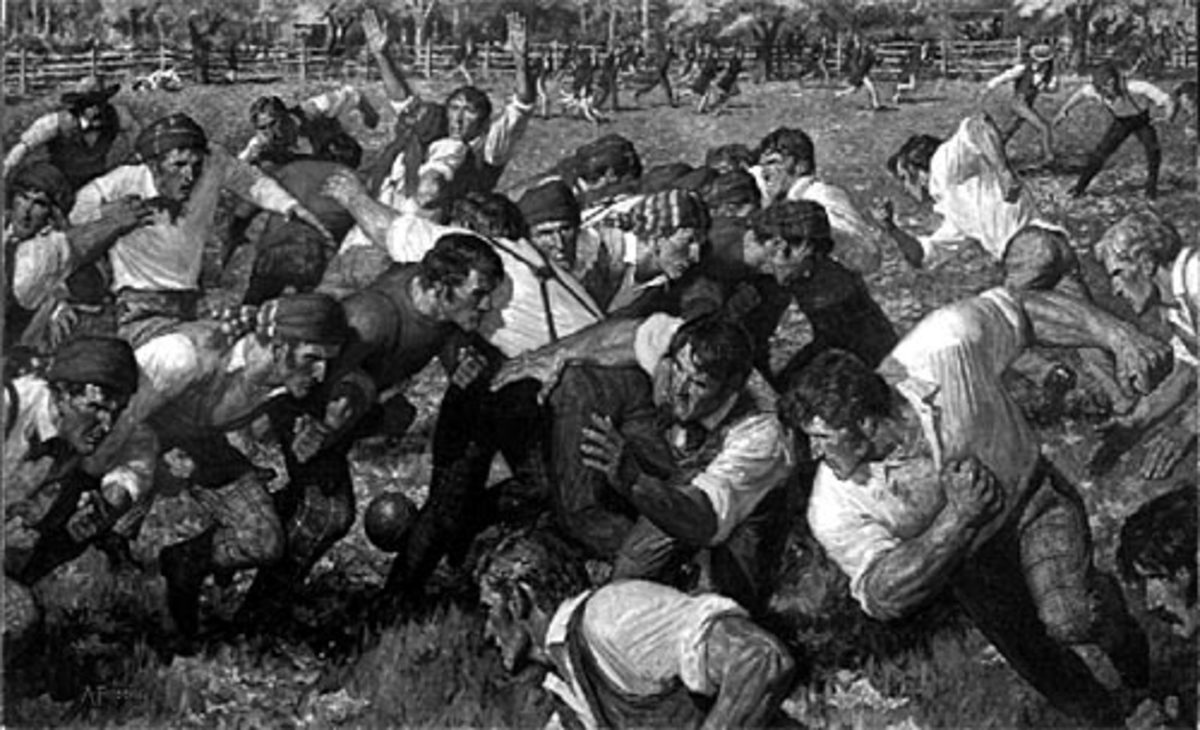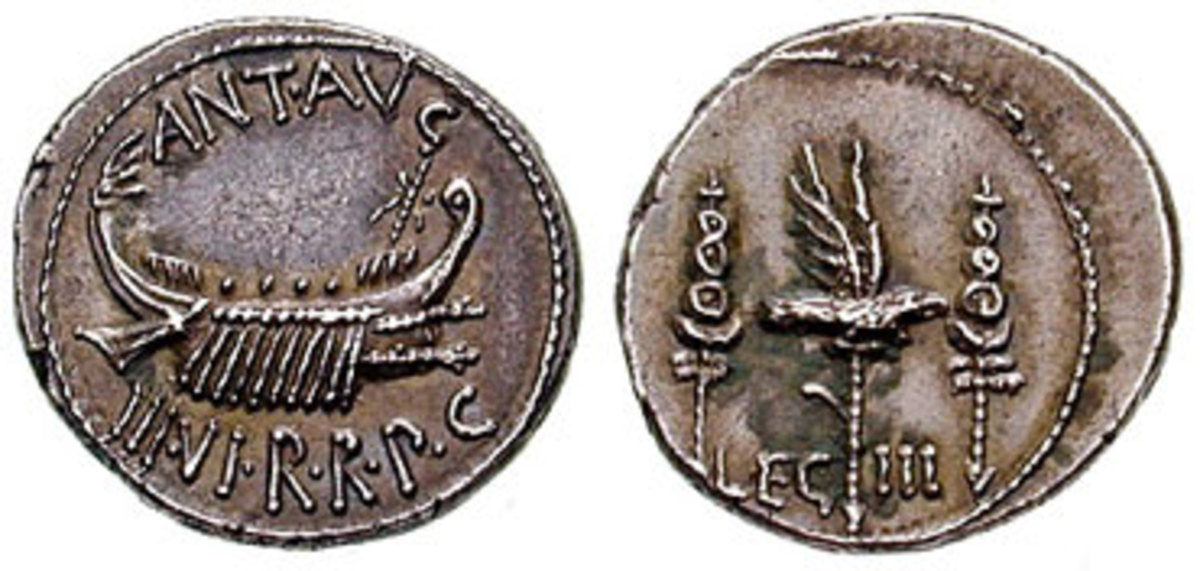Protective Headwear Standards
Protective headwear standards cover everything from hard hats worn on the construction site to bike helmets for young children. Standards for protective headgear include performance specifications and the appropriate test methods. Protective head wear like hard hats that meet ANSI standards are labeled as such.

American Hard Hat Standards
ANSI Z89.1 is the primary standard for hard hats sold in the United States. According to the Federal Register resources available through archive.org, ANSI Z89.1 standard incorporated into OSHA regulation 29 CFR (Code of Federal Regulations) 1926, making it part of U.S. law.
ANSI Z89.1 breaks hard hats to protect against impact into two types. Type I hard hats only protect from blows that are delivered directly to the top of the head. This would protect the head from the stereotypical falling hammer dropped from above.
Type II hard hats offer more protection, protecting the head from blows from above and from off-center. Type II hard hats generally have high density foam lining, and they may have this in addition to the protective webbing of Type I hard hats.
ANSI Z89.1 also creates three classes of hard hats for electrical protection. Class G is for general protection. Before the 1997 update of the ANSI standard, Class G helmets were called Class A helmets. Class E hard hats are for protection from high voltage. Before the 1997 update of ANSI Z89.1, these helmets were called Class B. Class C stands for “conductive”; these hard hats do not give any protection from an electrical hazard.
Protective Headgear for the Disabled
Electric personal assistive mobility devices are the highly technical name of devices like scooters and wheelchairs, though the term also applies to Segways. ASTM F2416-06 addresses the requirements for protective head gear worn while operating these mobility devices. This headgear is tested according to ASTM standard F1446-11A, a standard also used when testing many types of athletic helmets.
Protective Headwear Standards
ISO Technical Committee 94, Subcommittee 1 is responsible for head protection standards.
ISO standard 3873 for industrial safety helmets was issued in 1977. This standard outlines the performance requirements for industrial protective head wear, how the head gear is to be tested and how helmets will be marked.
ISO 3873 was confirmed in 2010 without being updated. ISO 4417 gives the standard size designations of head wear, though it also includes standard sizes for protective clothing.
Protective Sports Headwear Standards
ASTM International issues standards for niche products based on their application. Each ASTM protective head gear standard is unique to each sport. ASTM F2439-06 is the standard for protective head gear worn by soccer players. ASTM F2397-09 gives the specifications to be used on head gear for the martial arts. ASTM F717 gives the specifications for American football helmets. The shock absorption characteristics of football helmets are tested per ASTM F429-10.
ASTM F1163-04A is the horseback riding helmet standard, last updated in 2011. The ASTM has not overlooked the need to protect cowboys from concussions. ASTM F2530-11 is the ASTM standard for protective headgear to be worn while bull riding. These bull riding helmets are tested according to ASTM standard F1446.
Related Standards for Headwear
ASTM F2220-11 is the standard for creating test head forms used when testing protective head gear. ASTM F2220-11 states that impact head forms should be made of K1A-F magnesium. Most helmet standards require these head forms to be used while impact testing is performed on the helmets.
ANSI 107 is the standard for high visibility safety apparel. These garments include high visibility vests, pants, jackets and head wear. This standard gives the allowed colors for reflective garments, how much light the garments must reflect back to drivers’ headlights (retro-reflection) and the minimum area of the garment that must be covered with reflective panels.
This article is accurate and true to the best of the author’s knowledge. Content is for informational or entertainment purposes only and does not substitute for personal counsel or professional advice in business, financial, legal, or technical matters.








